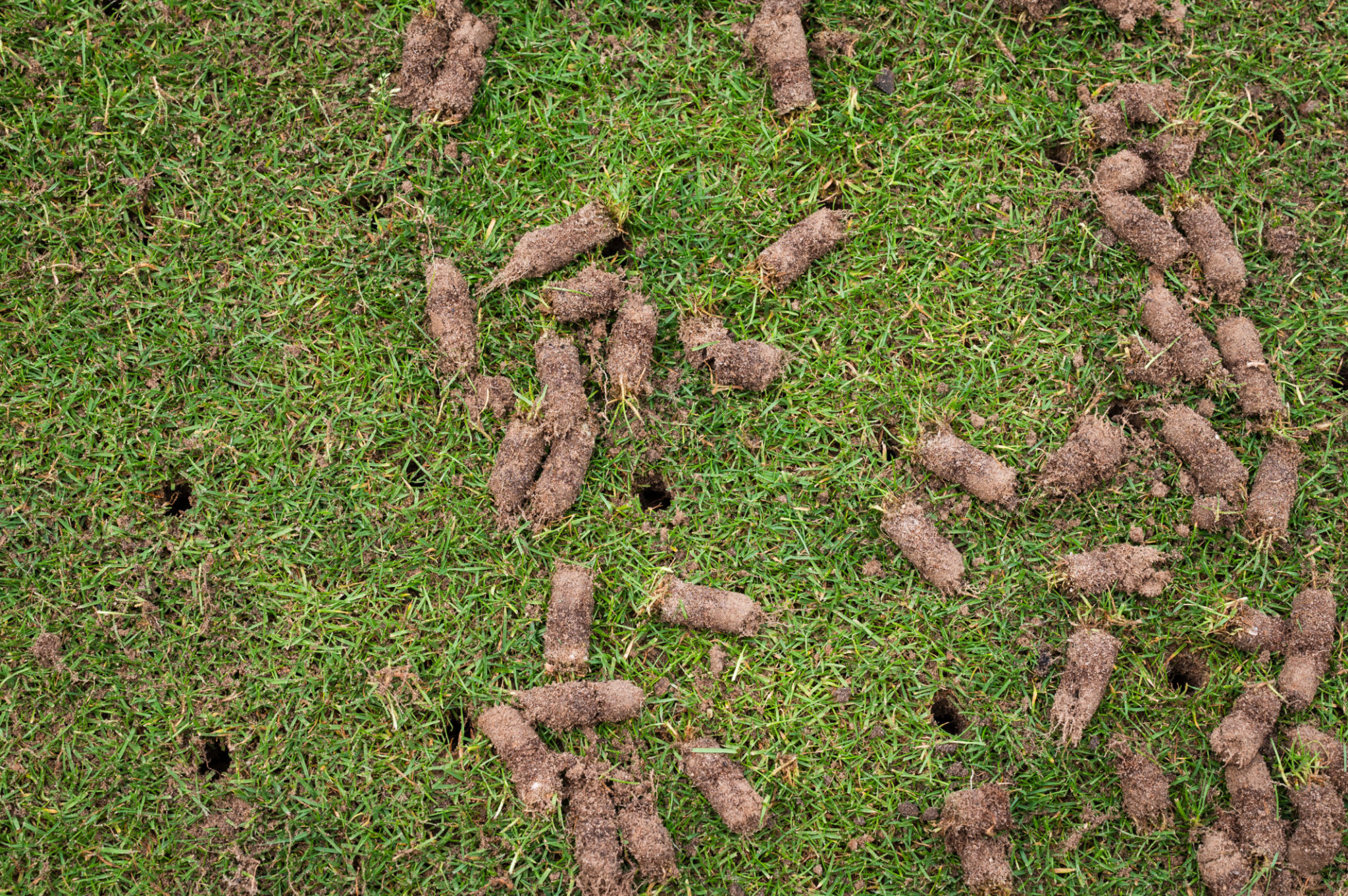Debunking Common Lawn Care Myths: What Every Dornsife Homeowner Should Know
Understanding the Truth About Lawn Aeration
A common myth circulating among homeowners is that aeration is only necessary for new lawns. However, this couldn’t be further from the truth. Aeration is essential for all lawns, regardless of age, because it helps to alleviate soil compaction, allowing roots to grow deeper and stronger. Deep roots are key to a healthy lawn, enabling it to absorb nutrients and water more efficiently.
Performing aeration once or twice a year can significantly improve your lawn's health. Many homeowners are surprised to find their lawns thriving just weeks after aeration. If you notice your lawn struggling, it might be time to consider this crucial step.

Fertilizing: Timing Matters More Than Frequency
Another misconception is that more frequent fertilization leads to a healthier lawn. In reality, the timing of fertilization is much more crucial than simply doing it often. Lawns benefit the most when fertilized during their peak growing seasons—typically spring and fall for cool-season grasses and late spring through summer for warm-season grasses.
Over-fertilizing can lead to a host of problems including increased thatch buildup and even lawn burn. To avoid such issues, it's important to follow recommended guidelines and consider using a slow-release fertilizer for more consistent nutrient delivery over time.

Watering Myths: The Deep Dive
Many Dornsife homeowners believe that watering their lawn daily is the best practice. However, this can actually lead to shallow root systems and increased susceptibility to drought. Instead, lawns benefit more from deep, infrequent watering sessions which encourage roots to grow deeper into the soil.
Aim to water your lawn early in the morning to minimize evaporation and fungal diseases. The goal is to provide enough water so that the soil is moist at least 6 inches deep. This practice will help maintain a lush, green lawn even during dry spells.

The Truth About Mowing Height
Some homeowners think cutting their grass shorter will reduce the number of times they need to mow. This practice can actually damage your lawn by stressing the grass and reducing its ability to photosynthesize effectively. The ideal mowing height depends on your grass type but generally should be kept at around 3 inches.
Maintaining an appropriate mowing height helps your grass develop stronger roots and retain moisture better, leading to a more robust and greener lawn.
Dealing with Weeds: Prevention Over Reaction
A proactive approach is always better when it comes to weed control. A dense, well-maintained lawn can naturally keep weeds at bay by outcompeting them for sunlight and nutrients. Regular mowing, proper fertilization, and aeration all contribute to a lawn’s ability to fight off intruders.
If weeds do become a problem, it's important to identify them correctly and select the right herbicide for effective control. Relying solely on chemical solutions can lead to resistance and harm beneficial organisms in your lawn.

Final Thoughts on Lawn Care
Lawn care doesn't have to be complicated, but it does require some knowledge and attention to detail. By debunking these common myths, Dornsife homeowners can better understand how to care for their lawns effectively. Remember, healthy lawns don't just happen—they're cultivated through informed practices and consistent care.
